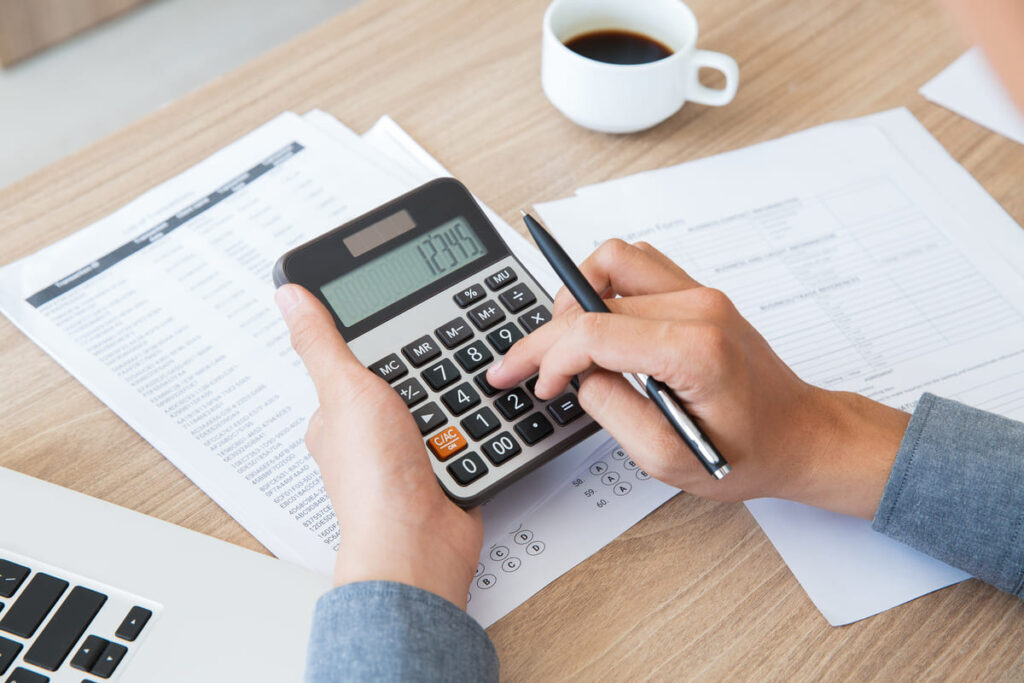
Almost a year has passed since the implementation, on 1 January, of the Royal Decree-Law that introduced the innovative contribution system for the self-employed. The essence of this change lies in linking contributions to annual net income, generating uncertainty among many self-employed workers as to the steps to be taken, especially as the end of the tax year approaches.
The change in the system has been significant, now based on the principle of “the higher the profit, the higher the contribution”. This approach contrasts with the previous practice, where all self-employed paid a fixed amount, regardless of their income.
Gradual adaptation to the new model
This change does not take place immediately; the bases of the higher brackets will increase more sharply in 2024 and 2025, while those of the lower brackets will be reduced. The aim is that those with lower incomes will contribute proportionally less in taxes. However, determining the exact bracket may prove challenging until year-end and the precise assessment of annual returns.
Despite this, it is stressed that the contribution base can be adjusted every two months, and that the contributions are provisional in any case.
Year-end adjustments and regularisations
At the end of the year, the contributions are adjusted accordingly. If you have underpaid your contributions, you will have to pay the difference; if you have overpaid, the corresponding refund will be made. This process takes place after the tax office informs the social security authorities of the income declared. The regularisation is carried out the following year.
Personal income tax deductions for the 2023 tax year
In this context, the possibility of deducting provisional personal income tax contributions before the regularisation of the following year is highlighted. These contributions are legally due and will be considered deductible expenses in 2023.
The regularisation in 2024 will have an impact on the next year’s personal income tax. If there is an additional payment, it will be counted as an expense for the following year; if there is a refund, it will be considered as income. This information gives the self-employed a clearer picture of their situation and the future steps they will have to take.
